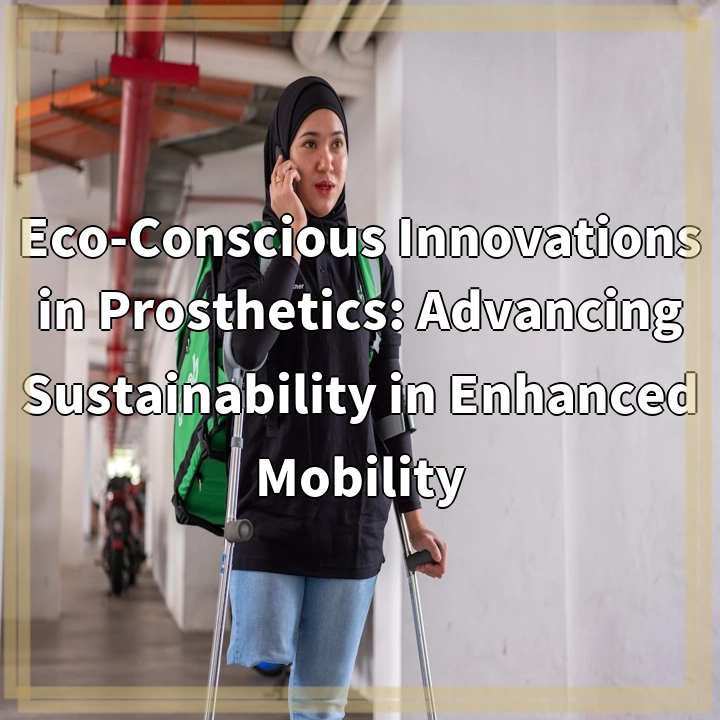
What are Eco-Conscious Innovations in Prosthetics?
Eco-conscious innovations in prosthetics refer to the development and implementation of sustainable and environmentally friendly practices and materials in the field of prosthetic limb technology. These innovations aim to minimize the negative impact on the environment while providing individuals with enhanced mobility and improved quality of life. By adopting eco-conscious approaches, prosthetics manufacturers and designers are finding innovative solutions to create more sustainable and efficient prosthetic devices.
Real-World Problems Associated with Eco-Conscious Innovations in Prosthetics
1. Limited Access to Sustainable Materials
One of the challenges faced in eco-conscious prosthetic innovations is the limited availability of sustainable materials. While there is a growing focus on sustainability, sourcing materials with minimal environmental impact can be challenging. Researchers and manufacturers must explore and invest in the development of sustainable alternatives to traditional prosthetic materials, such as petroleum-based plastics.
2. Affordability and Cost-effectiveness
Eco-conscious innovations in prosthetics can sometimes come at a higher cost compared to conventional prosthetic options. This pricing barrier can limit access to sustainable prosthetics, especially for individuals who may already be facing financial constraints due to medical expenses. Striking a balance between sustainability and affordability is a crucial challenge that needs to be addressed in this field.
3. Durability and Functionality
Prosthetic limbs need to be durable and functional enough to withstand the demands of everyday use. Ensuring the longevity and performance of recycled or sustainable materials in prosthetics is a significant challenge. Innovators need to balance the environmental benefits of eco-conscious materials with the need for prosthetics to be reliable and functional over an extended period.
4. Customization and Personalization
Eco-conscious prosthetics should not compromise on individual customization and personalization options. Each user’s specific needs and preferences should be taken into account during the design and manufacturing process. Balancing sustainability with the ability to create personalized prosthetic devices can present challenges that need to be addressed to meet the diverse needs of users.
By acknowledging and addressing these real-world problems, the field of eco-conscious innovations in prosthetics can continue to evolve and greatly contribute to sustainability efforts while improving the lives of individuals with limb loss.

Solutions for Eco-Conscious Innovations in Prosthetics
1. Research and Development of Sustainable Materials
Investing in research and development is crucial to finding and implementing sustainable materials in prosthetic limb technology. Collaborative efforts between scientists, engineers, and materials experts can lead to the discovery of new, eco-friendly materials that are both durable and functional.
2. Collaboration and Knowledge-sharing
Collaboration between prosthetic limb manufacturers, designers, and environmental organizations can help foster knowledge-sharing and accelerate the adoption of eco-conscious practices. Sharing best practices, experiences, and innovative ideas can lead to collective efforts in advancing sustainability within the realm of enhanced mobility.
3. Striving for Affordability
Prosthetic manufacturers should work towards making sustainable options more affordable and accessible. This can involve streamlining production processes, optimizing supply chains, and scaling up eco-conscious production to drive down costs and ensure that sustainable prosthetics are within reach for a broader range of individuals.
4. Continual Innovation and Improvement
The field of eco-conscious innovations in prosthetics should embrace a culture of continual innovation and improvement. This would involve seeking feedback from users, incorporating new technologies, and integrating user-centered design principles to ensure that prosthetics meet individual needs while minimizing their impact on the environment.
By implementing these solutions, the field of eco-conscious innovations in prosthetics can overcome challenges and lead to the development of sustainable, functional, and personalized prosthetic devices that benefit both individuals and the environment.















